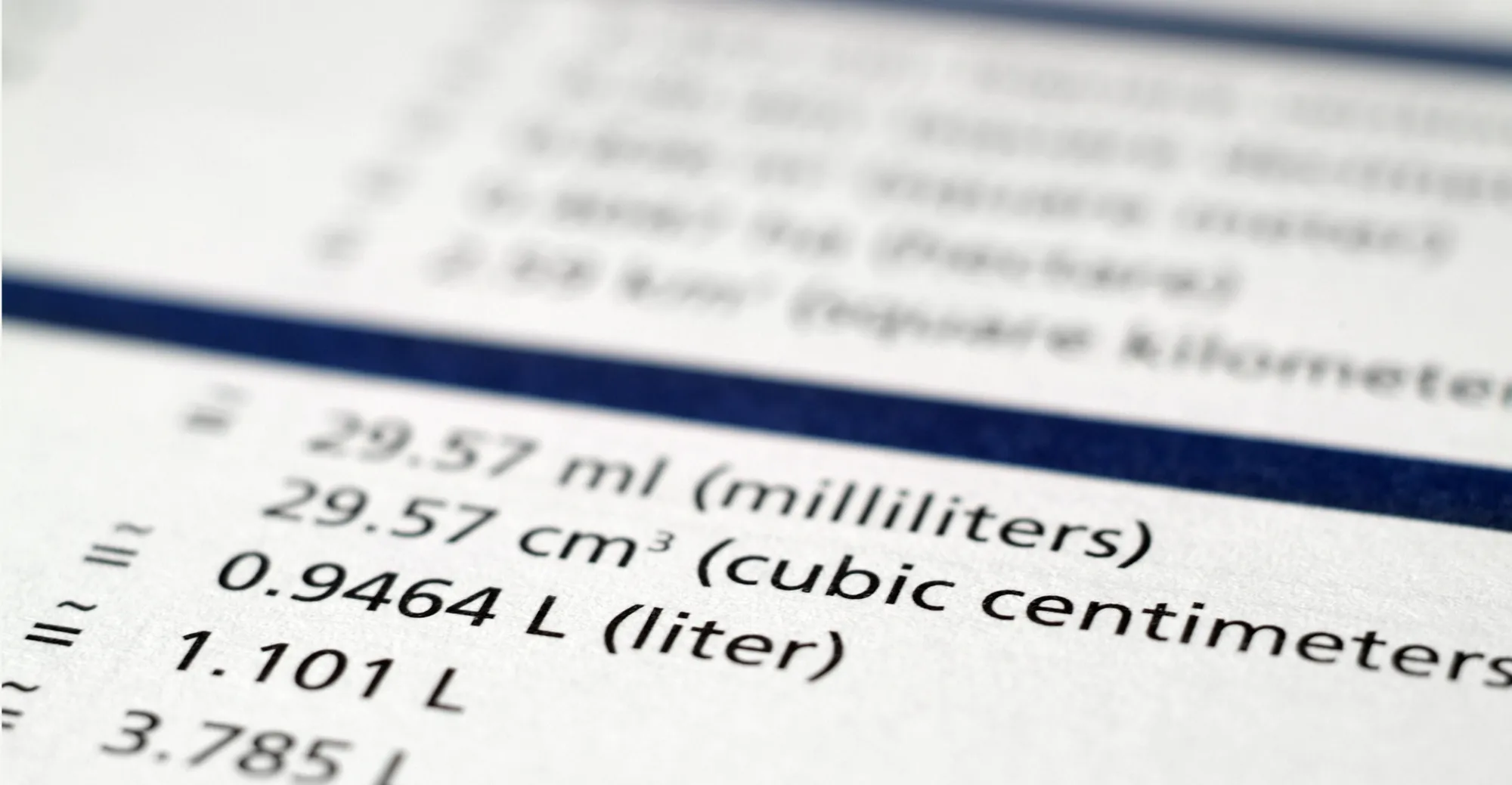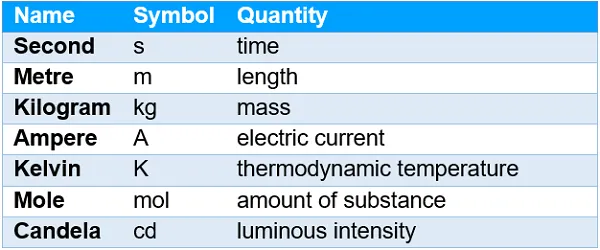
The metric system
The metric system
– by Martijn Koelewijn, 18/02/20
The whole room held its breath as they looked at the screen. The green dot flashed two more times – and then went dark, never to come back to life again.
This was the scene in the NASA control centre on 23 October 1999, the day the Mars Climate Orbiter – a $327.6 million project – was lost due to sloppy communications.
It is the perfect example of why international agreements like the International System of Units (SI) are so important.
What are you talking about?
We are all familiar with measuring air quantity in cubic metres per hour or the cooling power of a chilled water unit in kilowatts. Before visiting a client, we type an address into Google Maps and check the distance to our destination in kilometres. We’re used to these units in Europe, and they instinctively translate to a general understanding of the quantities or distances involved.
But what if the units were different? People from the United States who are used to measuring distances in miles won’t understand kilometres as quickly. And what if time was measured by a different unit, named tau? We wouldn’t know how to make sense of it. It’s very important that everybody is talking about the same thing.
The history of the metric system
The metric system dates back to the Enlightenment and the French Revolution. It was codified in its current form in 1960 as the International System of Units or SI (abbreviated from the French Système international (d’unités)) through an agreement designed to establish the same dimensions and units throughout the world.
These are the seven base units of SI:

They could vary between countries – for instance, the Scottish ell was around 94 cm, while the Flemish ell was 68.6 cm and the French ell 137.2 cm – or even within countries – 68.8 cm in Amsterdam and 69.4 in The Hague. In England, traditionally all cloths used to be bought by the Flemish ell but linen would be sold by the English ell.Under SI, each unit has a clear and unequivocal definition, ensuring that a metre, say, is the same length in Europe as it is in China. This might seem obvious to us today, but a few centuries ago there were lots of different definitions even of the same unit.
Metric system vs US and imperial systems
Despite all that, the metric system is not the only system of measures in the world. Although almost every country has accepted the SI system, a few rebels continue to use imperial or US customary units such as miles, pounds, inches and gallons.
While this doesn’t lead to serious problems in the HVAC business, it can be a bit awkward. For instance, you might want to use a chilled water unit fabricated in the US, but that will have connections made in inches which do not match with metric couplings.
The disaster of the Mars Climate Orbiter
Essential data, like volume flow and cooling capacity are measured in metric units worldwide. While we’ve never had a serious problem in this regard we do need to keep an eye out. Even the most serious companies in the world can slip up where this topic is concerned.
That is what happened to the Mars Climate Orbiter project. The probe was controlled by two different computer programs in communication with each other. One of them produced results in US pounds per second, while the other was designed for input in newtons per second.
The result?
The Mars Climate Orbiter came in for a landing 170 kilometres lower than planned and burned up in the Martian atmosphere.
Martijn Koelewijn | Project Manager
Martijn Koelewijn has been working at Heinen & Hopman since 2006. Starting out as an intern in the workshop followed by a function as draftsman, he gained valuable HVAC experience in the maritime industry. Martijn later worked his way up to project engineer and worked as a project coordinator in Germany before he moved to Brazil to manage Heinen & Hopman Brazil for five years. He returned to our headquarters in 2018 and since then has been working as a project manager for various navy projects.